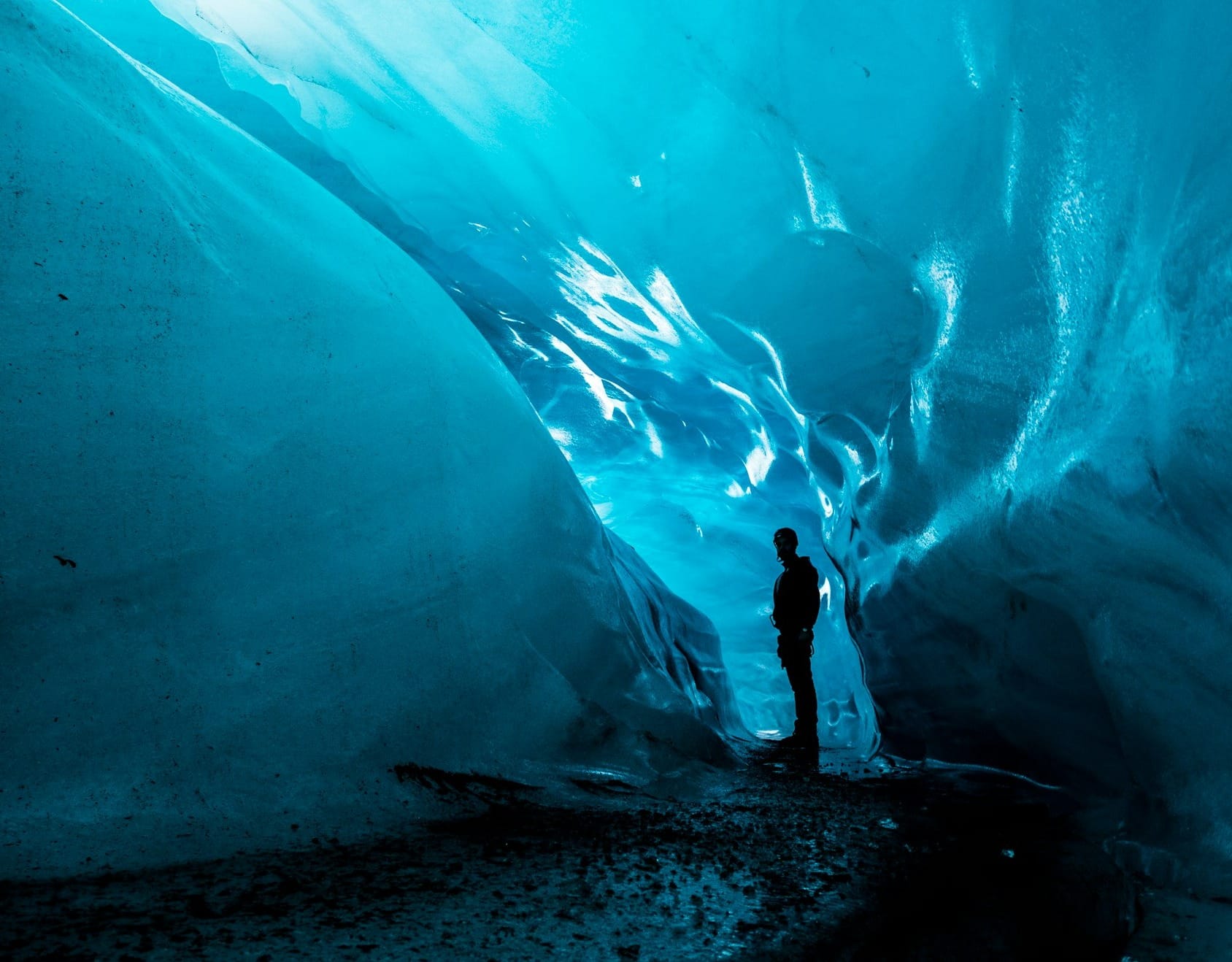
Are Messages of Climate Doom More Harm than Good?
How We Go Beyond the Disempowering Headlines
How We Go Beyond the Disempowering Headlines
Outline
If you’ve followed climate news this summer, you’ve likely seen some bleak headlines. Indeed, you might struggle with the impression global heating is already so dire there's nothing to be done. Today, let's zoom back and ask: Is this a worthwhile way to talk about climate change?
First, some context: Climate change is putting people in danger now, and it’s on track to put more lives in danger in the next few decades. But our choices and actions to cut fossil fuel use and reduce carbon emissions today matter. We can mitigate the worst potential impacts, often through small but meaningful steps that have a remarkable tendency to add up.
In fact, we already have: As David Wallace-Wells wrote in 2022, “worst-case temperature scenarios that recently seemed plausible now look much less so, which is inarguably good news and, in a time of climate panic and despair, a truly underappreciated sign of genuine and world-shaping progress.”
That’s not to say the climate problem is done and dusted! But in the last decade or so, efforts toward decarbonization have succeeding at blunting the most apocalyptic effects. Still, a tremendous amount of work remains. And people won’t do it if they think we're already screwed.
“If we’re worried about climate change but we don’t know what solutions we have, our defense mechanism… is to say, ‘well there’s nothing we can do,’” author and professor Katharine Hayhoe explained in a 2023 guest talk. “There’s no difference between people who accept the science but say we can’t fix it and people who don’t accept the science because they don’t think we can fix it… The outcome’s the same.”
Dr. Hayhoe told Terra.do fellows there are more productive ways to have conversations about climate change and action—where the goal isn’t to worry the unworried with terrifying scenarios of climate doom, but rather “to make worried people activated,” by showing them what they do matters.
From Anxiety to Action
If you're anxious—if you're worried it's too late for us to change course—and you click away after this paragraph remembering just one thing, let it be this: You'll feel better about the climate crisis if you do something about it.
Thousands of people have found our Climate Change: Learning for Action course is a great place to start. It's a 12-week, fully remote program blending live sessions over Zoom with asynchronous work for 5-10 hours in a typical week.
You'll finish with the context to understand the foundational problem, where we are now in terms of impacts and the potential pathways ahead of us, and what it will take to avert the worst impacts of climate change.
Moreover, our program is built to help you find ways to apply your unique talents, interests, and passions to climate action. Many of our graduates go on to work in climate or have meaningful impact in their communities.
Financial aid is available, and while we think you'll find you're in the right place, if you start the course and decide after a couple weeks it's not for you, you can get a full refund. Find out more here.
More like this
So You're Ready to Step Up on Climate Action. Now What?
Folks ready to learn and do more about climate change have an array of options to get started. What are their respective pros and cons, and how does Terra.do stack up?
Our Next Cohort's Nickname Is the Manatees. Here's Why That's Special.
We've named each graduating class after animals at risk in our warming world, and we've just finished our first full lap through the alphabet.
Couldn’t We All Use More Storage?
Where are we going to put all that clean power from variable renewables like solar and wind? The world of batteries is already ramping up.

 Background
Background


